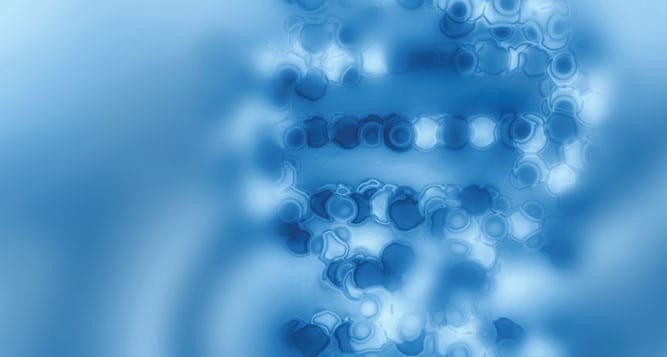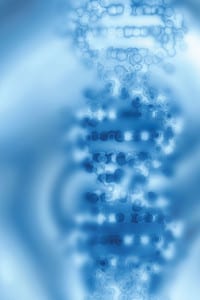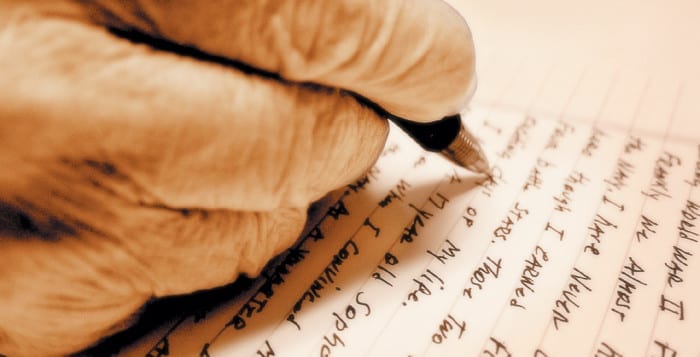By Elof Carlson
William Bateson (1861-1926) grew up in an academic home and attended Cambridge University where he took an interest in embryology. He went to Johns Hopkins University to learn the new experimental approaches and insights into the cellular events leading to embryo formation. While there, he was inspired by William Keith Brooks who urged him to study heredity if he wanted to contribute to a field in need of scientific rigor.
When he returned to England, Bateson studied variations and identified two types that were unusual. He called one group homeotic changes because they put organs in the wrong place, such as a fly’s leg emerging from an eye. The other group he called meristic variations, which duplicated parts, like a child born with six fingers on each hand and foot. Both meristic and homeotic mutations were considered pathological by most breeders and physicians, but Bateson believed they could be the raw material for new organ systems or more dramatic origins of new species. He published the results of this work in 1894, and it made him regarded as an enemy by British Darwinists who favored all mutational change as gradual and never sudden.
In 1900 Bateson read Mendel’s papers and was immediately won over to his approach. He began studying mutations in plants and animals. He also gave a name (in 1906) to this new field and called it genetics. Bateson used the symbols P1, F1 and F2 for the generations of a cross. He used the terms homozygous and heterozygous for the genotype of the individuals in a cross. He described the mutant and normal states of hereditary units as alleles.
Bateson discovered blending types of inheritance and genetic interaction in which two or more nonallelic genes could jointly affect a trait. He even found (but did not correctly interpret) non-Mendelian recombination of genes. In this he was scooped by Thomas Hunt Morgan and his students. Morgan was also a student of Brooks at Johns Hopkins and, like Bateson, originally skeptical of Darwinian subtle variations as the basis for all of evolution. But Morgan added cytology to his studies and related the hereditary units (called genes after 1909) to the chromosomes on which they resided.
Bateson felt chromosomes had little to do with genetic phenomena. He was wrong and it was not until the 1920s that he grudgingly admitted Morgan’s fly lab had advanced the field of genetics he named.
Bateson’s work led to an explosion of interest in the field of genetics, and, while he was trapped by his views of the time, younger scientists had no difficulty adding genes to chromosomes, mapping them and accounting for the transmission of traits through their behavior during cell division and germ cell production.
In 1910 Bateson was probably the most famous geneticist in the world. By 1920 he was fading, and after his death in 1926, he was largely forgotten to all but historians of science.
That is not uncommon in the history of science. Science changes faster than any individual scientist can change views in a lifetime. Despite the loss of prestige, it is fitting to honor the memory of the person who named the field of genetics and whose battles to make Mendelism its core succeeded over the prevailing views of heredity at the end of the nineteenth century.
Elof Axel Carlson is a distinguished teaching professor emeritus in the Department of Biochemistry and Cell Biology at Stony Brook University.







